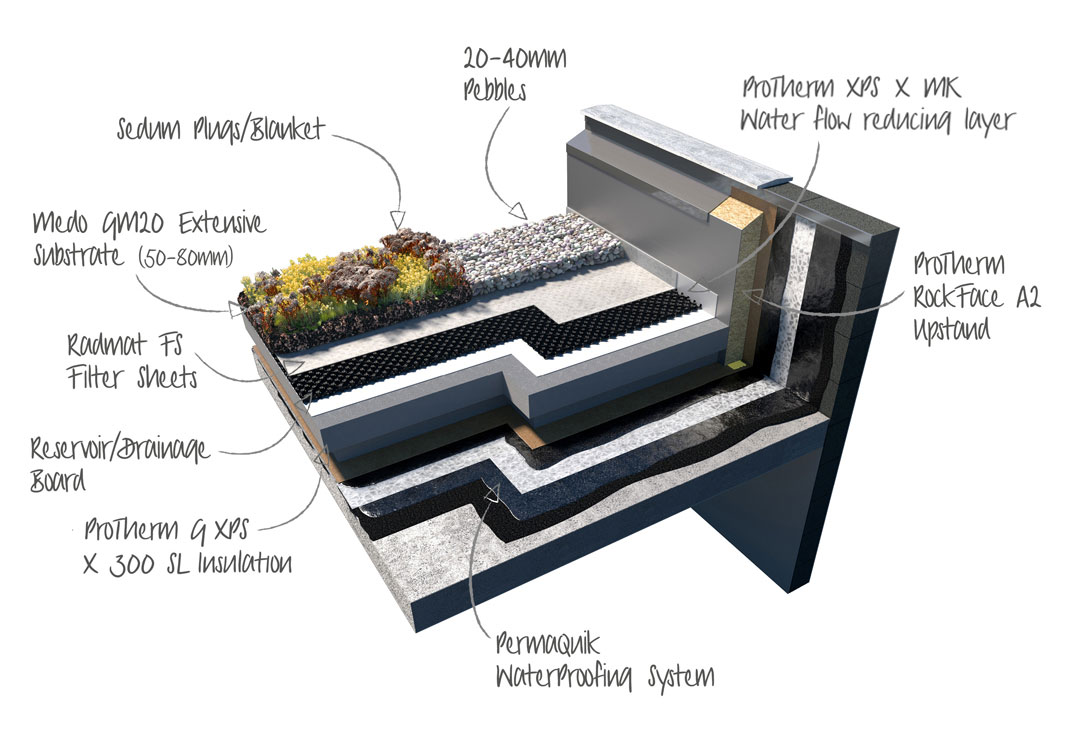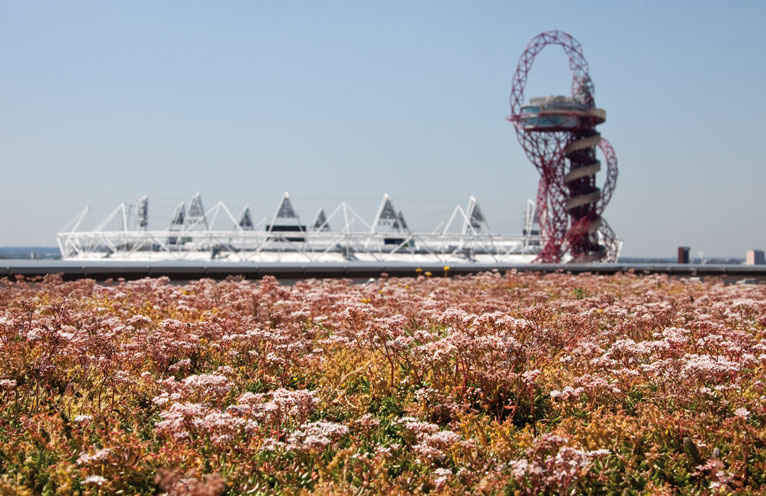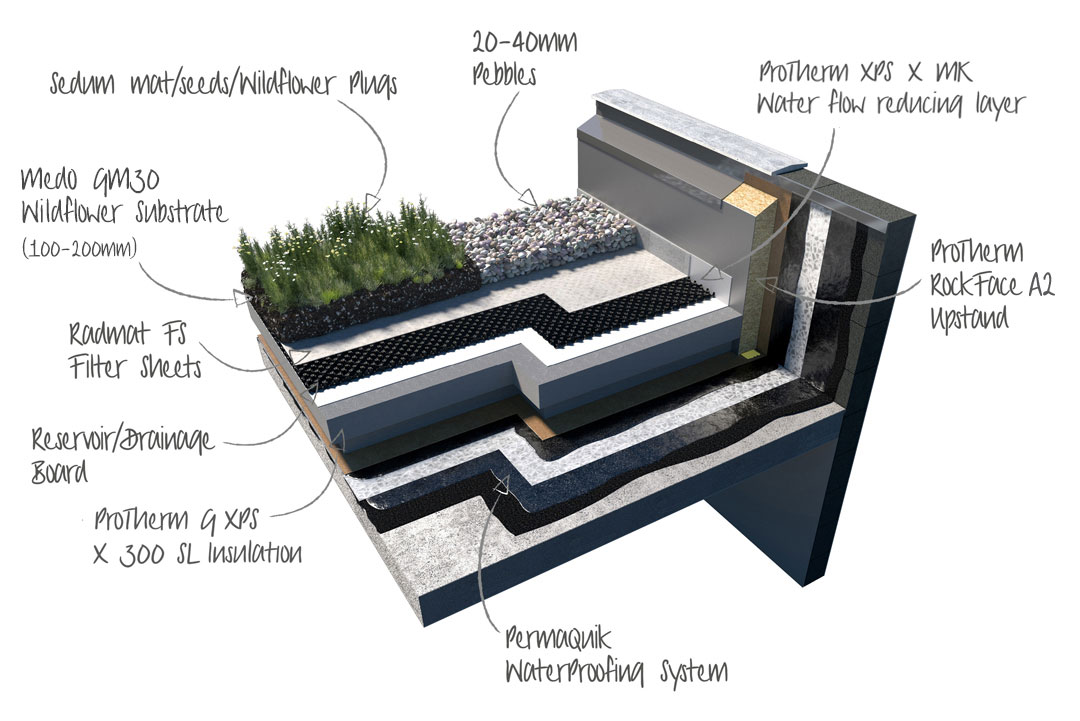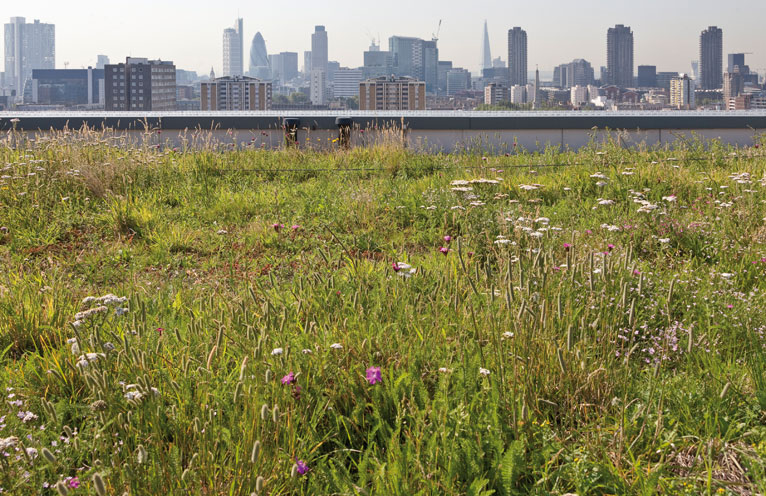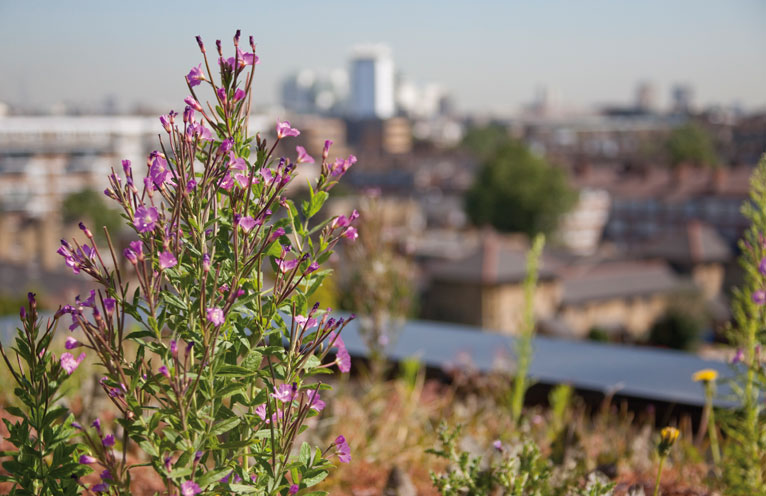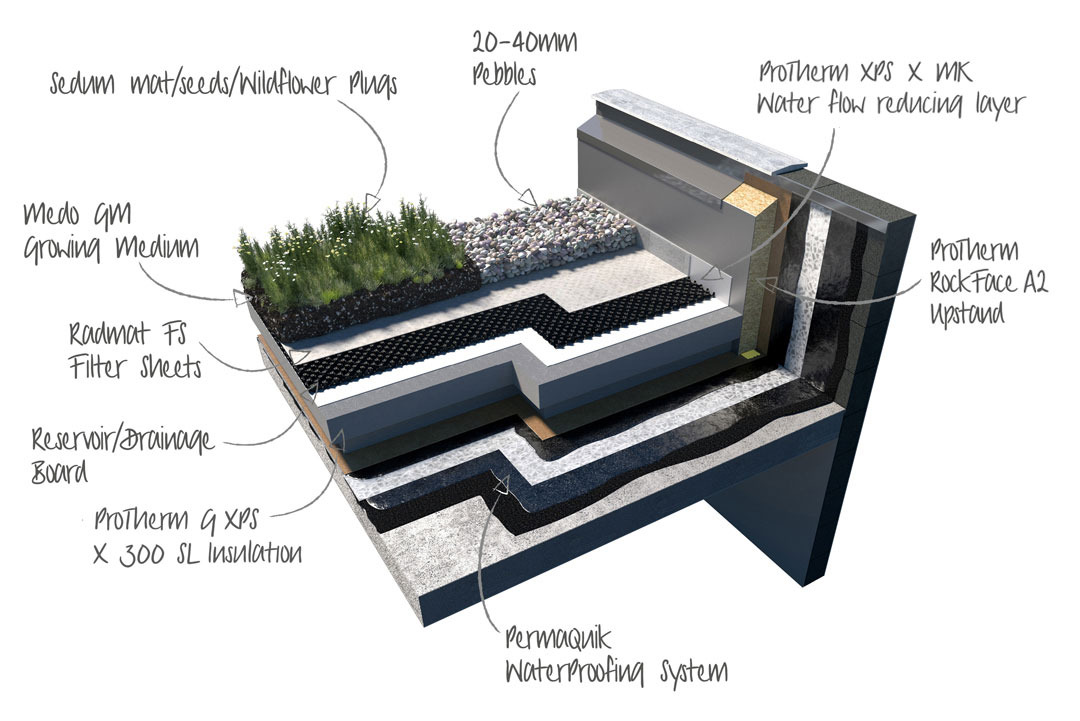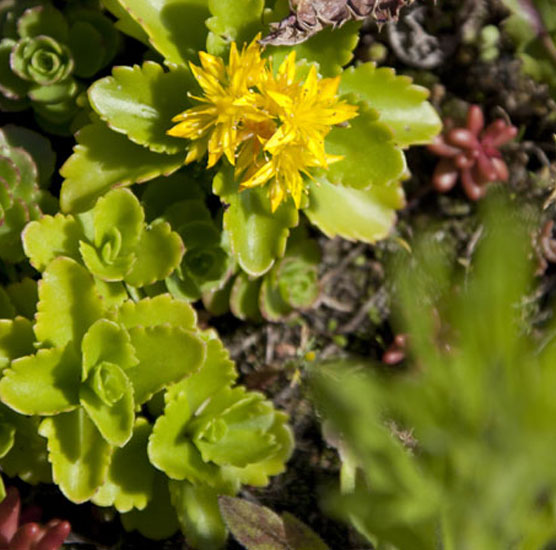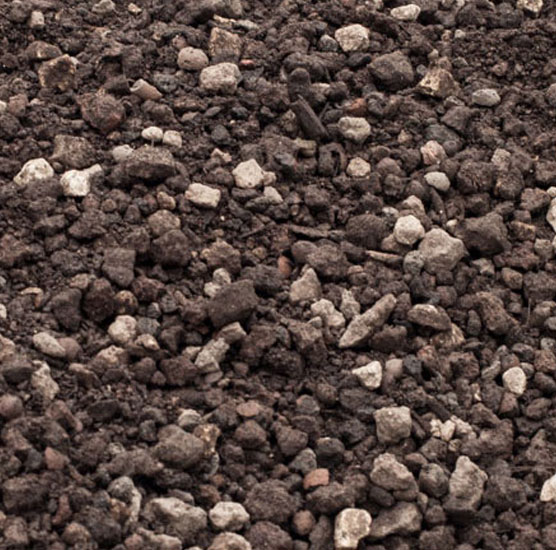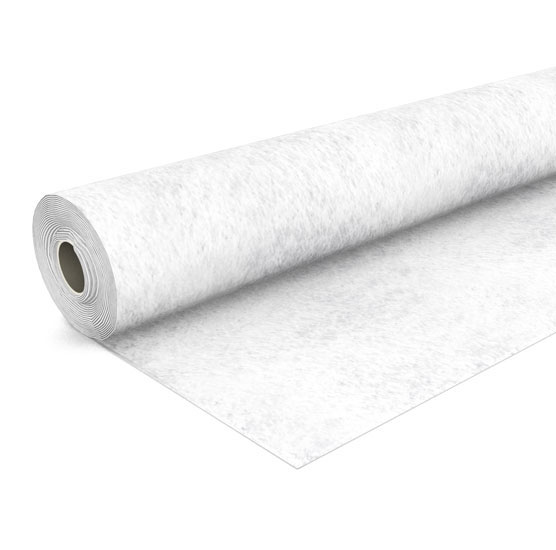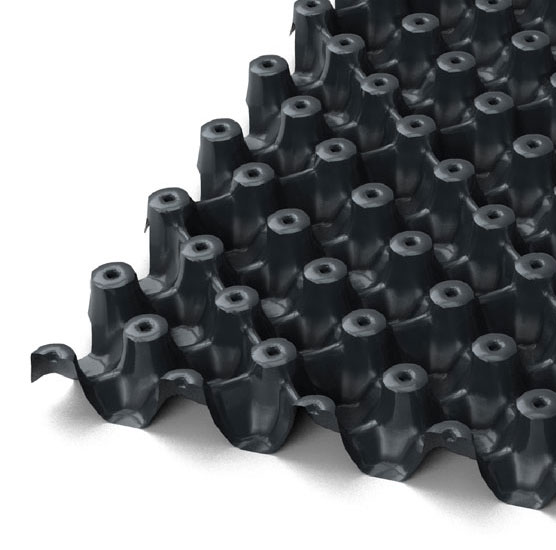Green Roof System

MedO is a green roof system that utilises established green roofing technologies in a simple and straightforward way. A variety of green roof solutions can be created – from low maintenance sedum matting and wildflower meadows, to landscaped roof gardens with lawns, shrubs and water features.
MedO green roofing systems can transform both new and existing roofs into lush, vibrant, biodiverse environments that protect your roof membrane. The decline of many species of wildflower and insects has accelerated with the decrease of natural habitats – the recent reduction in the bee population is said to be one such casualty. Installing a green roof is an ideal opportunity to create conditions for natural wild flower plants and increase biodiversity, as well as protecting and prolonging the life of your roof membrane. Radmat provide pre-grown sedum matting, wildflower seed mixes and more conventional plug plants varieties.




